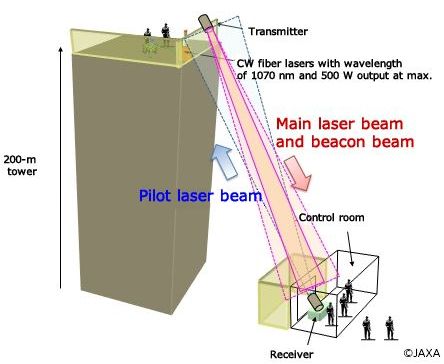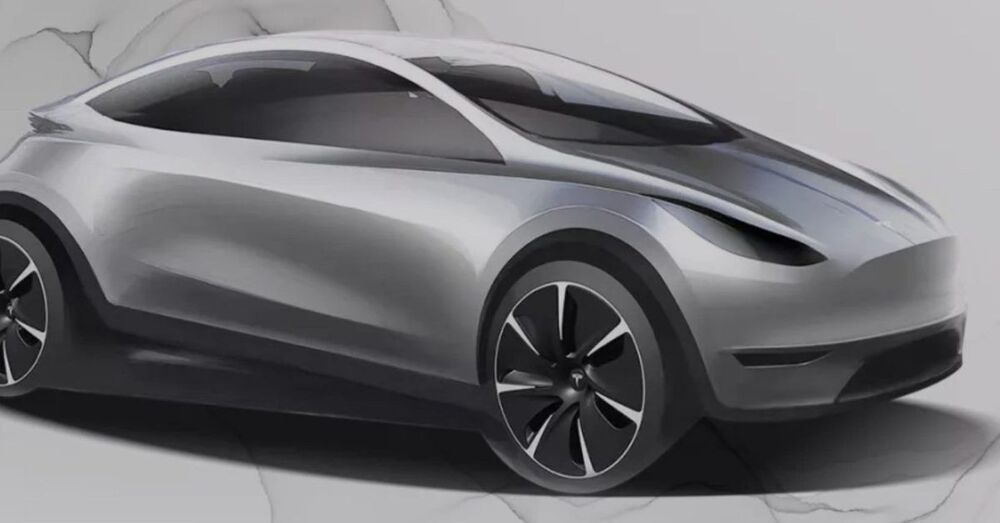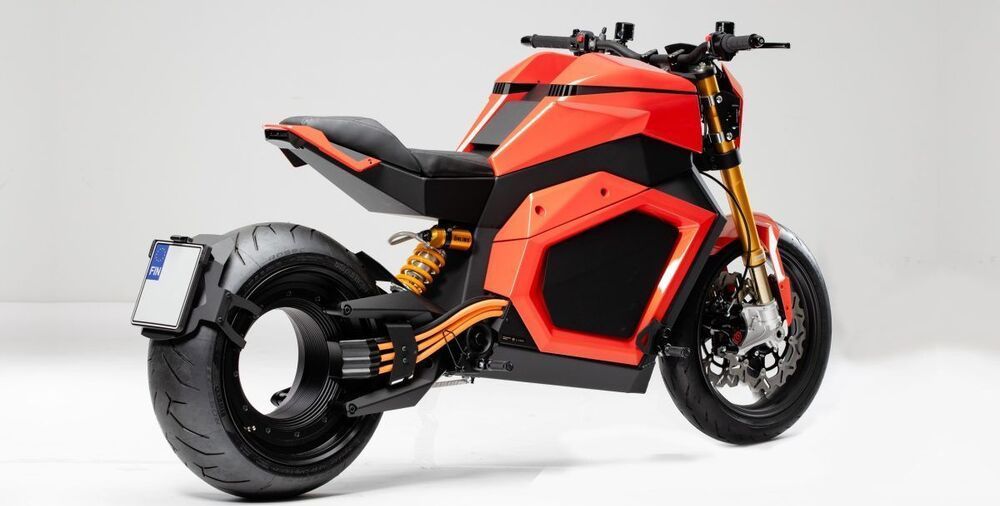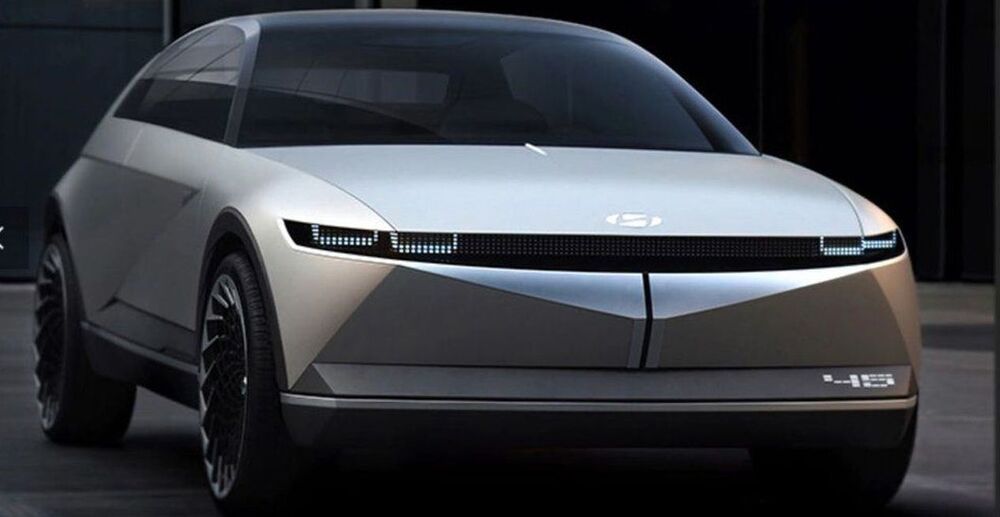If humans plan to go to live and work beyond Earth someday, they will need technologies that allow for sustainable living in alien environments. This is especially true of Mars, which is extremely cold, dry, and subject to more radiation than we are used to. On top of that, it also takes six to nine months to send spacecraft there, and that’s every two years when Earth and Mars are closest to each other in their orbits.
As such, settling on the Red Planet will require some serious creativity!
This the purpose of Mars City Design (the Mars City®), an innovation and design platform founded by architect and filmmaker Vera Mulyani. Every year since its inception, this organization has hosted the Mars City Design Challenges, where students from around the world come together with industry experts to produce architectural designs for living on Mars (what Mulyani calls “Marchitecture”).






